The Internet of Things in Transport and Logistics - Does It Make Sense at All?
IoT and blockchain technology are revolutionizing the logistics industry right now. Over the past decade, the world has experienced many technologies and innovations, ranging from the World Wide Web to mobile technology and now the Internet of Things (IoT).
While IoT is a popular innovation in home environments, such as smart home appliances, smart speakers, and personal digital devices, it is rapidly growing in popularity across a variety of commercial industries, including agriculture, healthcare, real estate and security, and the future looks even brighter for the custom development of global logistics.
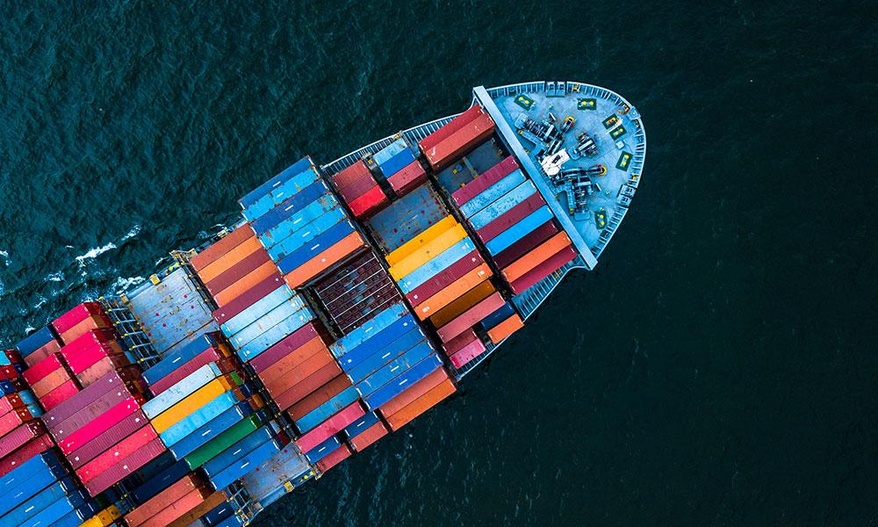
In a recent joint study by GT Nexus and Campegini, published in Business Insider, about 70% of merchants with their logistics have already started using new technology to improve decision-making and productivity for maximum value. With the development of other technologies such as GPS positioning, machine learning, artificial intelligence, blockchain and other automation, IoT application development is expected to reform logistics and supply chain definitively.
What is IoT, and why does it matter?
IoT (Internet of Things) is a large network of artificial and natural physical objects (humans, computer devices, digital machines, animals, mechanical machines and plants, etc.) that are connected using sensors and application programming interfaces (API) for sharing data over the Internet.
IoT application development depends on other technologies such as extensive data management, AI, cloud computing, RFID, and intelligent analytics. It can be a bridge between operational and information technology. It allows you to analyze unstructured data from the real world to understand which ones are critical to improving efficiency and productivity.
IoT benefits for logistics and supply chain management
Most people believe that the IoT is a potential threat to their work; it is not true. While this technology will reduce the workforce required to complete a specific task, it should be seen as a tool to ensure a smooth flow of operations and reduce resource underutilization to maximize profits. The new concept will help a modern logistics company in the following areas:
- Optimizing the use of assets.
- Reducing security issues such as counterfeiting and theft.
- Accurate resource and workflow monitoring.
- Accurate real-time visibility and event response.
- Analysis of real data for correct decision-making.
- Reduce manual processing to improve accuracy and reduce time.
- Identification of new opportunities based on the study of consumer behavior patterns.
- Improving the quality of customer service.
Place of IoT in the Logistics Ecosystem
A recent report from Cisco shows that the deployment of IoT solutions in the supply chain and logistics has tripled over the past few years, and more are expected in the coming years. The report estimates nearly $ 2 trillion generated from IoT deployments in the logistics industry. There are two main forces driving companies to embrace new technology.
Drive
IoT technology is made possible by modern innovations such as more compact and highly efficient equipment, analytics for large amounts of data, expanded communication networks and many others. It simplifies and enables the development and implementation of custom IoT solutions to improve business productivity.
Customer Requirements
Experience and customer satisfaction are a priority for any modern business. Today, consumers of logistics services are looking for transparency, reliability and trust in their transactions. This requires industry players to provide tools and services that build customer trust. The IoT helps you establish efficient shipment tracking, integrity control, and efficiency gains to meet your customer needs.
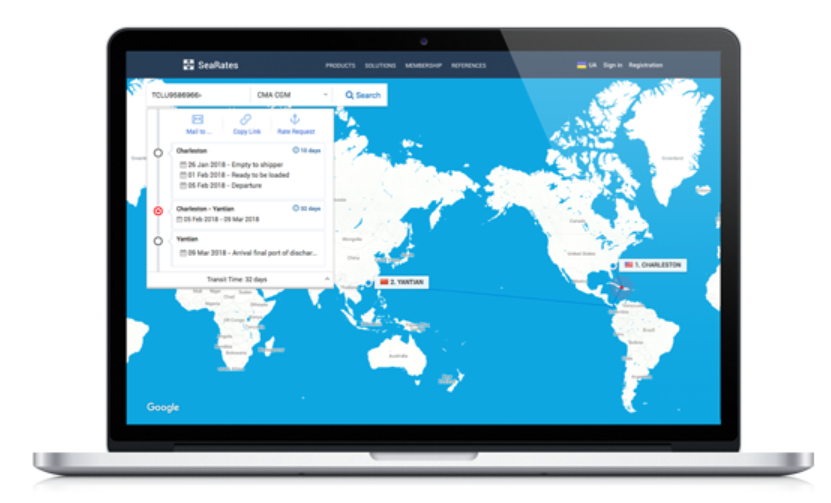
The Internet of Things can be used in many ways, depending on the nature of the business and your overall goals.
Vehicle tracking
This ability to monitor goods throughout the supply chain will enhance safety. The use of modern GPS vehicle tracking and RFID sensors can be used to collect data on the condition, asset location, temperature, and other forms of item-specific data. This will help supply chain managers implement better quality control, ensure on-time deliveries, minimize theft, and provide an overview of supply chain operations to aid decision-making.
Park management
State-of-the-art telematics solutions and GPS positioning sensors can be used to collect real-time data to monitor and analyze vehicle performance, driver behavior, and vehicle and load tracking. In the mobile application, the transport manager can indicate where a certain location, speed and direction are - to control drivers from unauthorized actions and bad behavior on and off the road. The IoT also gives the manager a clear view of the entire delivery process.
IoT data can be used to optimize route planning and re-planning, manage fuel consumption and reduce emissions to increase a company's green performance. Other points of application are fault detection for maintenance planning, improving road safety and enforcing legal compliance.
Inventory management and forecasting
IoT sensors can be used to track inventory and provide data to aid in trend analysis to predict future inventory requirements. This will help avoid under-stock and over-stock situations.
The above are just a few examples of how IoT can be used to transform the supply chain and logistics operations. There is much more than the new technology can offer to solve issues of retailers, consumers and freight companies. These capabilities include, to name just a few, vehicle communication beacons, autonomous vehicles, monitoring devices, and more. The transformation has already hit the industry, but much more is expected in the next 2-3 years.
Requirements for logistics companies of the new standard
The time when it was enough to simply move the product from point A to point B is long gone. Due to high competition and numerous challenges, customers focus on those who meet their needs and expectations.
Currently, the priority tasks of logistics companies are to ensure just-in-time delivery, transparency of the supply chain, transparency of the transportation cycle and quality of services. The success of any logistics company lies in the effective management of stocks and warehousing, automation of internal business processes, fast delivery and ensuring the safe storage of goods.
Fulfilling 7R principles, which involves moving the right product - in the right quantity and condition, at the right time and at the right price - to the right place and to the right customer. As the task is so complex, the need for innovative solutions to achieve goals increases.
By adding the power of neural networks to this, the Internet of Things (IoT) could revolutionize the field of logistics. The many benefits and opportunities made possible by the IoT are already being widely adopted in this sector.
Supply chain control, vehicle tracking, inventory management, secure transportation and process automation are the keys to IoT applications and the core components of connected logistics systems.
Location management systems
In the field of logistics, IoT could create an intelligent location management system that will allow companies to easily track driver activities, vehicle location and delivery status. When goods are delivered or arrive at a specific location, the manager is notified with a push message.
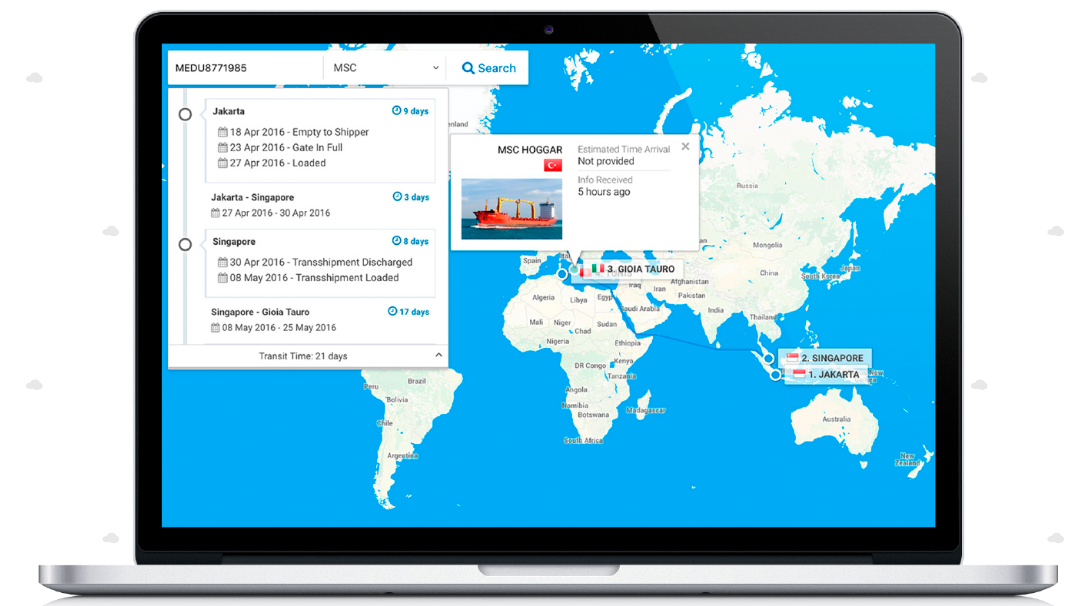
This solution is an irreplaceable assistant in planning supplies, drawing up and viewing schedules. All changes are instantly detected and reflected in real-time. Thus, IoT technology can be successfully used to improve location management and optimize business processes.
Inventorying and warehousing
Inventory management and warehousing are one of the most important parts of the connected logistics ecosystem. The placement of small, inexpensive sensors will allow companies to easily track items of transport inventory, monitor their status and position, and create an intelligent warehouse system.
With the help of IoT technology, employees will be able to successfully prevent any losses, ensure the safe storage of goods, and efficiently find the required item. By now, almost all successful logistics companies have already adopted such IoT solutions in their work. Minimizing human error is also made possible by the IoT. What is the story with Amazon automated warehouses?
IoT technology and predictive analytics
Predictive analytics is at the centre of various industries, helping companies and corporations create effective business strategies, improve decision making, improve smart business ideas, manage risk, and more.
Internet-enabled devices in this case collect large amounts of data and transmit them to a central system for further analysis. IoT and predictive analytics can be applied to route and delivery planning and identification of various defects before something goes wrong. The result is timely replacement of machine parts, prevention of any accidents and efficient maintenance of vehicles/ equipment.
IoT and blockchain for supply chain management
Supply chain management is fraught with problems ranging from illegal activities to caring for the condition of a product. This is why shipping companies and their customers want to trace the life cycle of a product - from the origin of the goods to its transportation to the hands of the customer.
While blockchain can solve many IoT security concerns, it can also bring great benefits to supply chains. Walking hand in hand, they can meet the need for security, transparency and traceability.
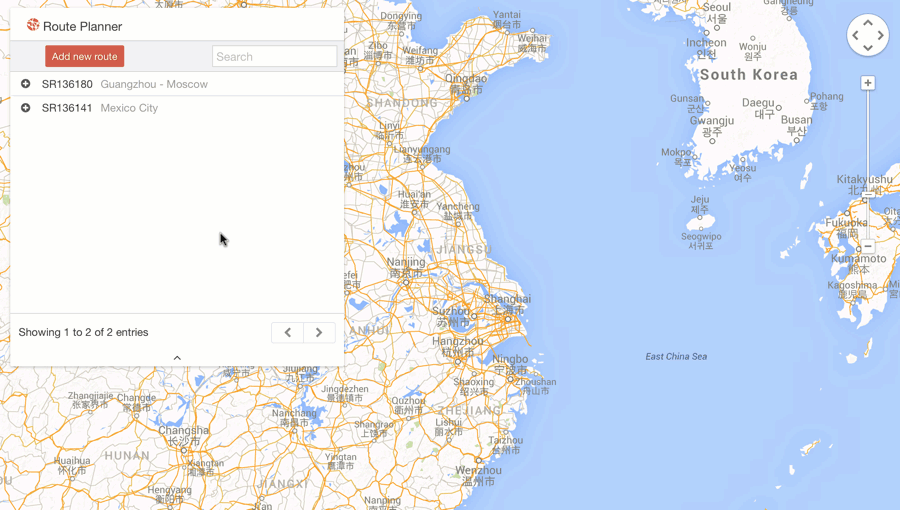
Placing RFID tags and sensors will allow you to monitor things like product temperature and humidity, vehicle location, and steps in the shipping process. Data is recorded and stored on the blockchain, each product is provided with a digital identifier that provides all information about it along with the product lifecycle.
Autonomous vehicles
In the near future, we will witness the widespread use and implementation of self-piloted trucks, aircraft and ships, which are currently being developed and which will be tested soon. Logistics companies may be the first to take advantage of the benefits of integrating them into business processes.
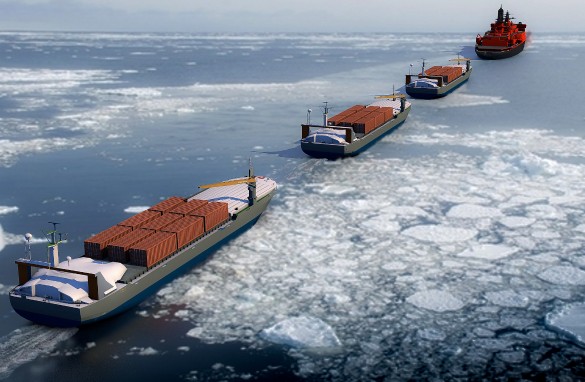
While IoT devices are responsible for collecting large amounts of data, the analytics system turns them into intelligent routes, sea routes and driving directions. In this way, businesses can also minimize accidents, reduce operating costs and optimize traffic.
How IoT is transforming the supply chain
In economic sectors from agriculture to manufacturing, every step in the delivery process presents potential problems that can cut or disrupt the entire chain. Transport delays, inadequate cargo monitoring, theft, operator errors, program failures: all these factors and many others can jeopardize profits and reduce profitability, which remains inevitable, regardless of the type of business.
Modern sensors can track the location of each shipment via GPS and indicate if the temperature or humidity rises or falls below acceptable limits.
Especially when it comes to perishable goods, the consequences can be out of bounds. According to Intel's recent IoT column, 30% of all perishable goods and products never make it from farm to table. This depressing example of a large number of rejected goods still provides an opportunity to see the reasons for using high-tech delivery vehicles in areas where food shortages are very high.
With everything at stake, the value of a connected logistics platform is beyond question. And the next generation of successful supply chain management, known as Logistics 4.0, will leverage edge computing and the Internet of Things (IoT) to create automated real-time response mechanisms. It will also keep cyberspace secure and data safe.
Connecting logistics to the future
The rapid march of the logistics revolution can seem daunting, especially to those unfamiliar with IoT, AI and blockchain. Fortunately, there is a wealth of information on the Internet, from white paper to videos that explain the basics and give examples of technology in action. When you are ready to take the first step, remember: just as logistics itself is inseparable and infinite in nature, so is its sustainable development globally in the world, and locally within your company.
Whether you are in the manufacturing, retail, distribution or delivery business, planning and managing the flow of raw materials and finished goods through your supply chain, there are always a number of challenges remaining.
Shipments are often inappropriately shipped or stored, which can damage fragile goods. In addition, a large volume of goods and accompanying work on it can lead to disorganization in the production warehouse or in the distribution shop.
By the way, such problems are solved using CRM / TMS systems for logistics sector, which our dedicated development team can help you develop from scratch or create the necessary functionality that we can integrate into your existing system. Let's discuss?